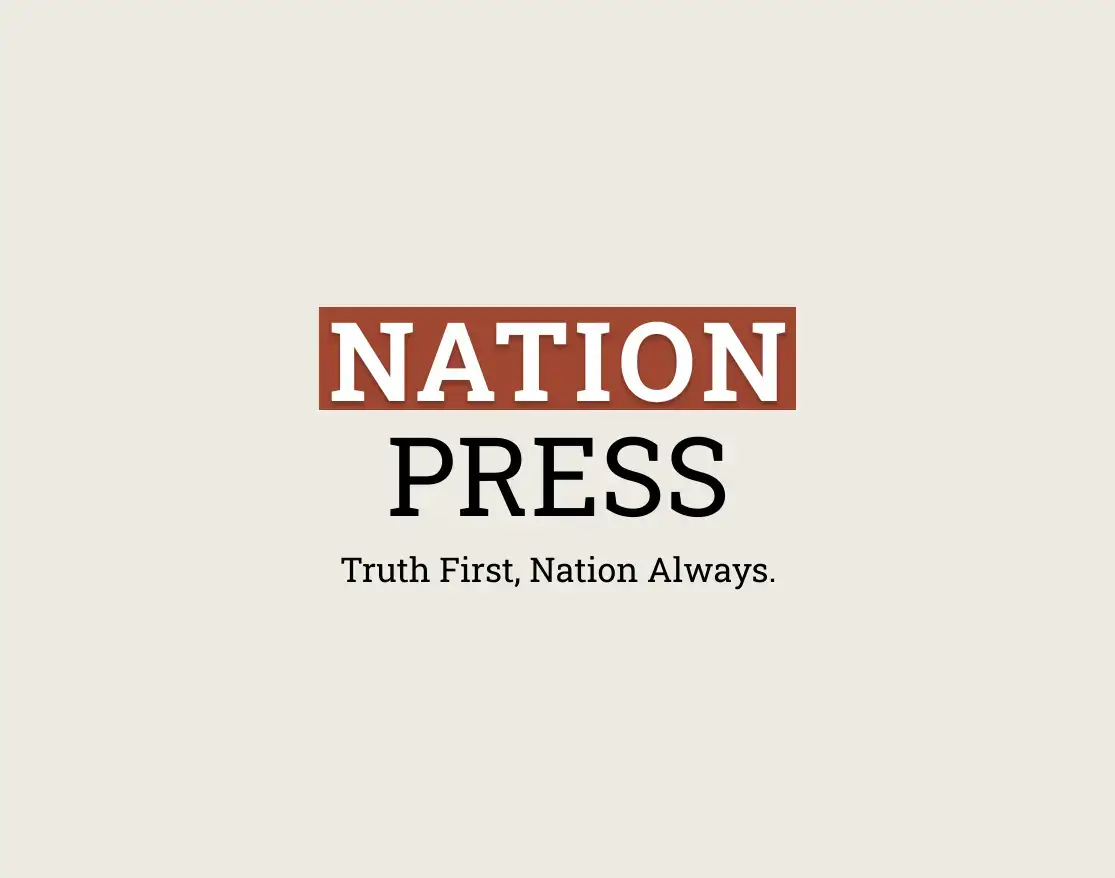Synopsis
According to the Indian government, average electricity supply in rural areas has increased significantly from 12.5 hours in 2014 to 22.6 hours in 2025, while urban areas have seen an increase to 23.4 hours this year.Key Takeaways
- Rural electricity supply increased from 12.5 to 22.6 hours.
- Urban supply now at 23.4 hours this year.
- Fossil power capacity rose by 46%.
- Non-fossil capacity increased by 180%.
- Energy shortages dropped to 0.1%.
New Delhi, Feb 22 (NationPress) The average electricity supply in rural areas has risen from 12.5 hours in 2014 to 22.6 hours in 2025, while urban areas now receive 23.4 hours of electricity this year, according to the government.
“Our aim is to ensure that power is accessible to everyone at all times, with a target of achieving 100 percent electrification of households nationwide,” stated Union Power and Housing and Urban Affairs Minister, Manohar Lal.
The Union Minister revealed that the capacity for fossil-based power has escalated from 168 GW in 2014 to 246 GW in January 2025, marking an approximately 46 percent increase.
Additionally, the non-fossil capacity has surged from about 80 GW in 2014 to around 220 GW in 2025 (as of January 31), equating to a remarkable 180 percent rise.
The minister emphasized the expansion of the transmission network, which has grown from 2.91 lakh circuit kilometers (ckm) in 2014 to 4.92 lakh ckm in 2025.
Through initiatives like Deen Dayal Upadhyaya Gram Jyoti Yojana (DDUGJY), PM Sahaj Bijli Har Ghar Yojana (SAUBHAGYA), and Pradhan Mantri Janjati Adivasi Nyaya Maha Abhiyan for Particularly Vulnerable Tribal Groups (PVTG), the accessibility to power has significantly improved in the last decade.
In a media briefing, the Union Minister announced that India has transitioned to being a net power exporter, with net exports in 2025 reaching 1625 MU. Notably, India was a net importer of power in 2014.
He also noted that energy shortages have decreased from 4.2 percent in 2014 to 0.1 percent in 2025, and measures are underway to address current energy deficits.
Approximately 2.13 crore smart meters have been installed, with further plans for 19.8 crore smart meters, 52.5 lakh DTRs, and 2.1 lakh feeders already sanctioned.
The government is committed to advancing electric vehicles, with the goal of installing 1 lakh EV charging stations by 2030 to promote electric mobility.











